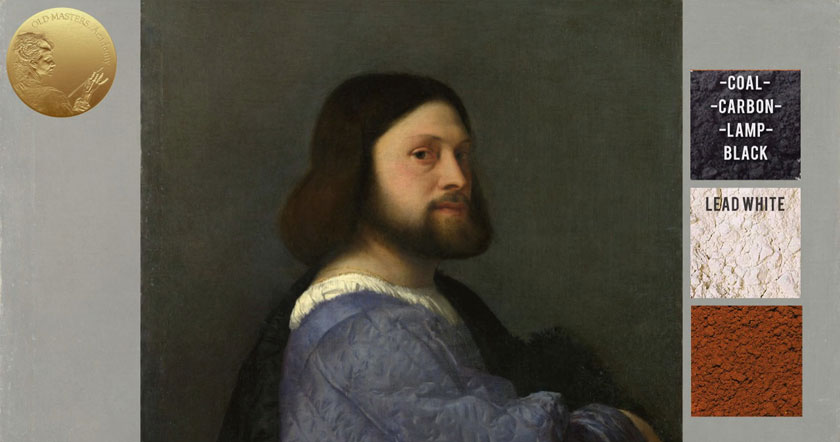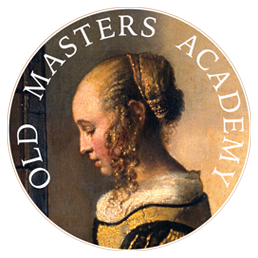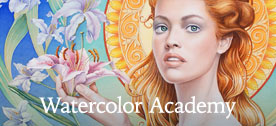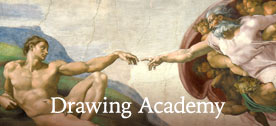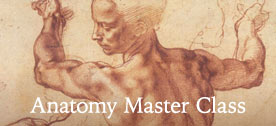Art Lesson 37, Part 20
Discover how Titian Depicted White, Black and Grey Draperies
Learn how to paint like the Old Masters!
Old Masters Academy Online Course
Self-study, self-paced online video courseLifetime membershipOne-time payment: $487Enroll Now!Personal Tutoring online + Online Course
Unlimited tutoring by the Academy teachersLifetime membershipOne-time payment: $997Enroll Now!« Back to the Art Lessons List
How Titian Depicted White, Black and Grey Draperies
White
We start with white draperies. The Old Masters, including Titian, were cautious when choosing binding mediums. Their decision depended on the colour they were going to paint. White is most prone to yellowing with oil. With time, it can turn completely yellow, which can negatively affect the overall tonal balance of a painting. To prevent such an outcome, the Old Masters used walnut oil as a medium. Samples taken from Titian’s paintings, in most cases, show that he used walnut oil in white or off-white passages in his paintings.

Let’s see the white passages on particular paintings created by Titian.

In The Holy Family, the white fabric of the sleeves of the shepherd is painted with lead white. The analysis of pigments reveals that broadly painted folds were shaded with the addition of a small amount of black pigment.
Titian executed white passages in a different way, depending on the visual result he aimed for. When painting the Appearance of Christ to Mary Magdalene, he demonstrated the virtuosic ability of handling white in a different way. He varied the thickness of the paint layer, achieving various results – the translucent linen of the Magdalen’s sleeve is painted in an impasto coat of paint in the denser folds; however, the veil falling on her red dress is painted much more thinly.
Christ’s white draperies are also built up with contrasts of thickness of the applied paint. His white shroud was painted opaquely, while the loincloth was painted in a semi-transparent layer of paint with more medium added to make the paint flow.
To make a white object or drapery slightly warmer, you can add a bit of brownish yellow earth pigment to the white; you can also glaze over it with a warm earth pigment when the white underpainting is completely dry.
Black
The black draperies in Titian’s paintings were painted in the same laconic way that the other Old Masters had practiced.
The Portrait of Girolamo Fracastoro is an excellent example of how black clothes were painted. In this particular case, a coal black pigment was used. This black pigment was mixed with stand linseed oil. Here, there was no need in using walnut oil, as yellowing guaranteed by linseed oil has no affect on black pigments; however, walnut oil has its downside, so there are no obvious advantages to using it. When depicting black draperies, it’s enough to use pure black pigment and paint everything in one go as alla-prima.
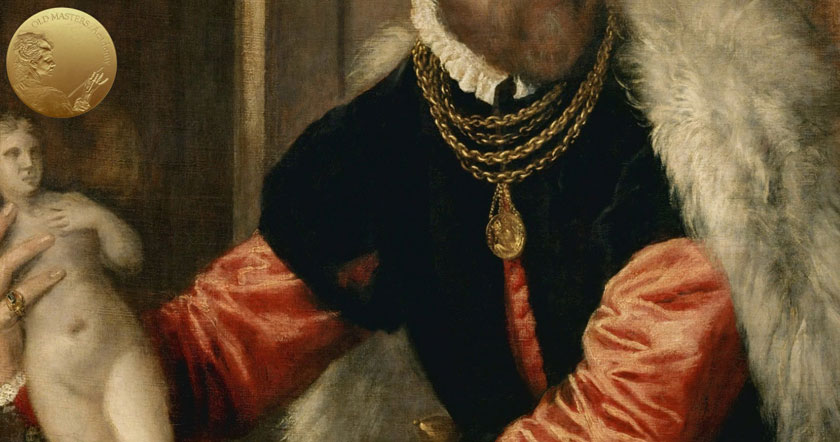
There is no need to glaze layers on the top, as they kill the effect. The layers of paint should be thin; any attempt on impasto spoils the effect of the noble look of black fabric. Even if the rest of the painting is executed in a multi-layered way, richly filled with glazes, you should still keep the black draperies plain and thin. For highlights, it would be enough to tint the black with white.
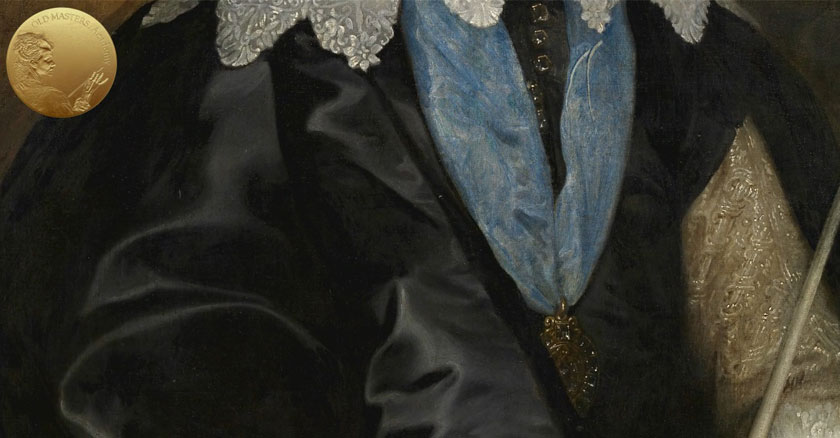
Act in moderation when adding any other pigments to the mix – usually it’s enough to confine with white.
Grey
With grey passages, it is very simple: The main combination consists of white and black.
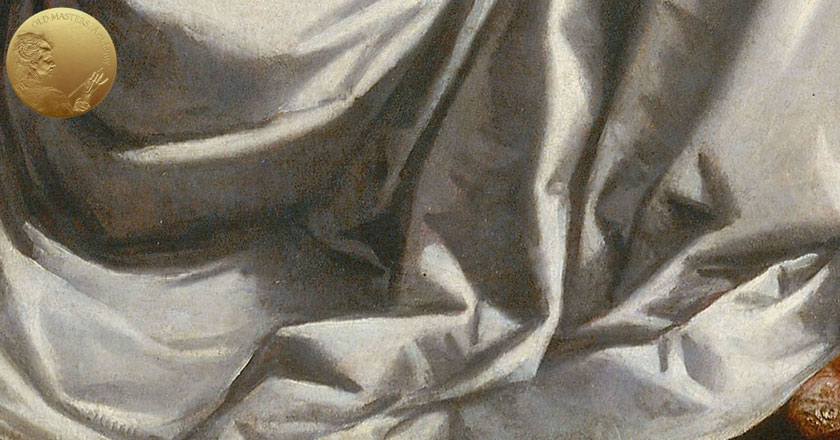
The background in The Man with a Quilted Sleeve is a warm grey. In the analysis of the background medium and pigments, linseed oil was found. Also discovered was lamp black mixed with lead white, slightly warmed with earth pigment.
